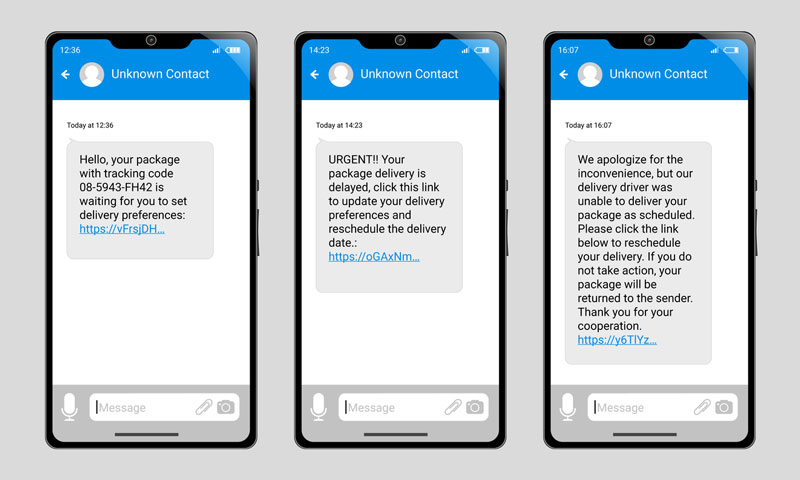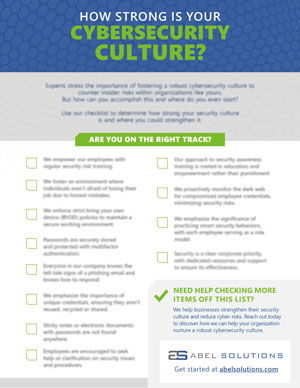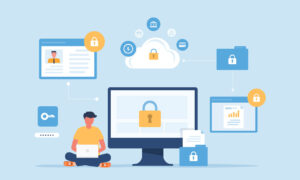Addressing the Human Element of Cybersecurity
We live in an era where organizations of all sizes must be aware and remain vigilant of the ever-changing cybersecurity landscape. Despite investing billions of dollars worldwide to combat cyber threats, even the most robust security defenses can be breached by cybercriminals.
These malicious actors relentlessly exploit vulnerabilities, primarily focusing on the lowest common denominator across all organizations—the employees. Cybercriminals perceive employees as the weakest link in an organization’s cybersecurity perimeter. However, there is a strategy to address and fortify this vulnerability effectively—comprehensive training and awareness.
Prioritizing Security Education Training & Awareness (SETA) is crucial to safeguarding your business. This Insight examines why employees are prime targets for cybercriminals and highlights the critical significance of increasing their security awareness. By identifying vulnerabilities and taking proactive measures, you can effectively mitigate risks and empower your workforce to fend off cyberattacks confidently.
Common Employee-Related Vulnerabilities
In our experience supporting the IT needs of businesses over the past several decades, we’ve come to understand that cybersecurity challenges related to employees are not unique to organizations of a specific size or who operate in a particular industry.
For example, do any of these common challenges ring true for you?
Lack of awareness
One of the primary reasons employees fall prey to cybercriminals is their limited knowledge of common cybersecurity threats, techniques, and best practices. Cybercriminals can skillfully launch phishing attacks, malware infections, and social engineering ploys by exploiting this knowledge gap among your employees.


Privileged access
Employees often hold privileged access to critical systems, sensitive data, or administrative privileges that cybercriminals crave. By compromising your employees’ accounts, cybercriminals can gain unauthorized access to valuable assets, quickly wreaking havoc within your organization.
Social engineering tactics
Cybercriminals are masters of manipulation, leveraging social engineering tactics to deceive employees into disclosing sensitive information, sharing login credentials, or unwittingly compromising security measures. These tactics can exploit human emotions, trust, and curiosity, making your employees unintentional accomplices in cybercrime.


Bring Your Own Device (BYOD)
The rising trend of BYOD can expose your organization to additional risks. Employees accessing business information and systems from personal devices that often lack the robust security controls of company-issued devices create vulnerabilities that cybercriminals can exploit.
Remote/hybrid work challenges
The significant shift towards remote and hybrid work arrangements introduces new security challenges for businesses like yours. Unsecured home networks, shared devices, and distractions can divert employee focus from cybersecurity best practices, increasing their susceptibility to attacks.

7 Tips for Developing an Engaging Employee SETA Program
Start with these best practices to ensure that you implement an engaging and employee-focused Security Education Training & Awareness program that will fortify your organization’s cybersecurity posture.
1. Assess cybersecurity needs
Understand your organization’s specific cybersecurity risks and requirements. Identify areas where employees may be particularly vulnerable.
2. Define clear objectives
Set concrete goals for your training program, outlining the desired outcomes and essential skills employees should acquire.
3. Develop engaging content
Create interactive and easily digestible employee training materials. Use real-life examples and scenarios to make the content relatable and memorable.
4. Tailor audience-targeted content
Customize the training to address your organization’s unique challenges and risks. Make it relevant to employees’ roles and responsibilities.
5. Deliver consistent, continuous training
Establish a regular training schedule to reinforce cybersecurity awareness and foster a culture of ongoing learning. Keep your employees up to date with the latest threats and preventive measures.
6. Measure effectiveness and gather feedback
Continuously evaluate your training program’s effectiveness through assessments and feedback mechanisms. Use the data to refine and improve the program.
7. Foster a cybersecurity culture
Encourage employees to take an active role in cybersecurity by promoting open communication, incident reporting, and shared responsibility for protecting company assets.
Collaborate for Cybersecurity Success
Ready to empower your employees as cybercrime fighters? Investing in Security Education Training & Awareness can transform your workforce into a formidable line of defense, safeguarding your business from cybercriminals and ensuring a more resilient future.
Our team is ready to guide you through creating a robust SETA program that engages your team and strengthens your organization’s defenses against evolving cyber threats. Contact us to schedule your no-obligation consultation to learn more!
BONUS: How Strong is Your Cybersecurity Culture?
As discussed, if you want your employees to be your biggest allies against cybercriminals, you must promote a vibrant culture of cybersecurity in your organization. Download our checklist to determine how robust your security culture is and where you could strengthen it.








